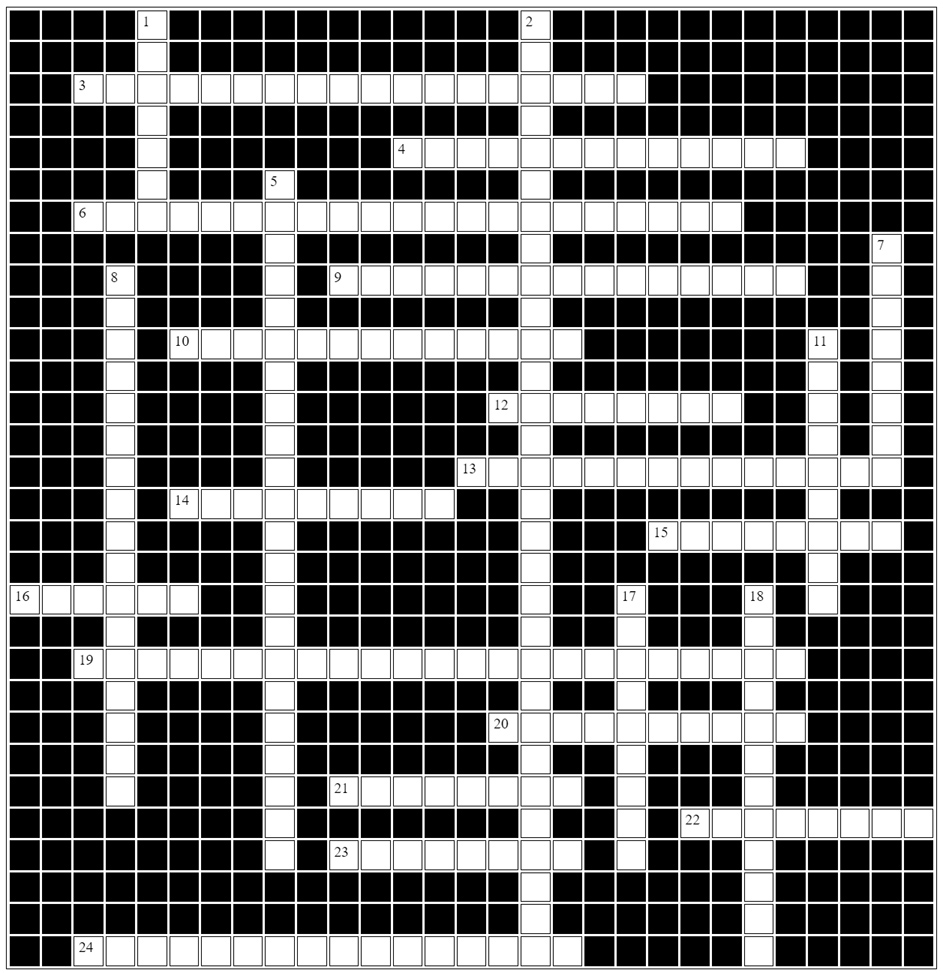Across
3. Used for status epilepticus – a medical emergency
4. An excitatory neurotransmitter
6. Used to reduce the hyperstimulation that is caused by excessive acetylcholine.
9. Three types of medications used for inc. ICP are hyperosmolar diuretics, anticonvulsants and ______________
10. These drugs act by increasing the seizure threshold and regulating neuronal firing by inhibiting excitatory processes or enhancing inhibitory processes
12. An antiepileptic, analgesic and antimanic agent. Related to the tricyclic antidepresants.
13. A dopamine antagonist that can cause drug induced Parkinson’s.
14. This antiepileptic is associated with many drug interactions
15. Used for generalized tonic-clonic and myoclonic seizures. Causes sedation, behavior changes and hepatic failure
16. Used for seizure control and Fibromyalgia
19. Increasing systolic BP with decreasing diastolic BP- Increased ICP
20. Unequal pupils
21. Combination therapy with Levodopa and this drug is successful in controlling Parkinsonism.
22. Used for the treatment of seizures. Toxic effect includes respiratory depression, ataxia, hypotension
23. Toxic effects include nystagmus, fever, lymphadenopathy.
24. Reduces the metabolism of dopamine in the brain- allowing for greater dopaminergic activity
Down
1. Used in patients with mild or severe dementia. Will dissolve on the tongue- helpful for patients with dyspagia
2. A classification of drugs used to treat Alzheimer’s
5. Two objectives signs of increased ICP
7. An inhibitory neurotransmitter
8. The slow jerky movements associated with Parkinson’s
11. An enzyme inhibitor that reduces the metabolism of levodopa.
17. Used to identify lesions in the intradural or extradural compartments of the spinal cord
18. Induced by an imbalance of neurotransmitters in the basal ganglia of the brain














